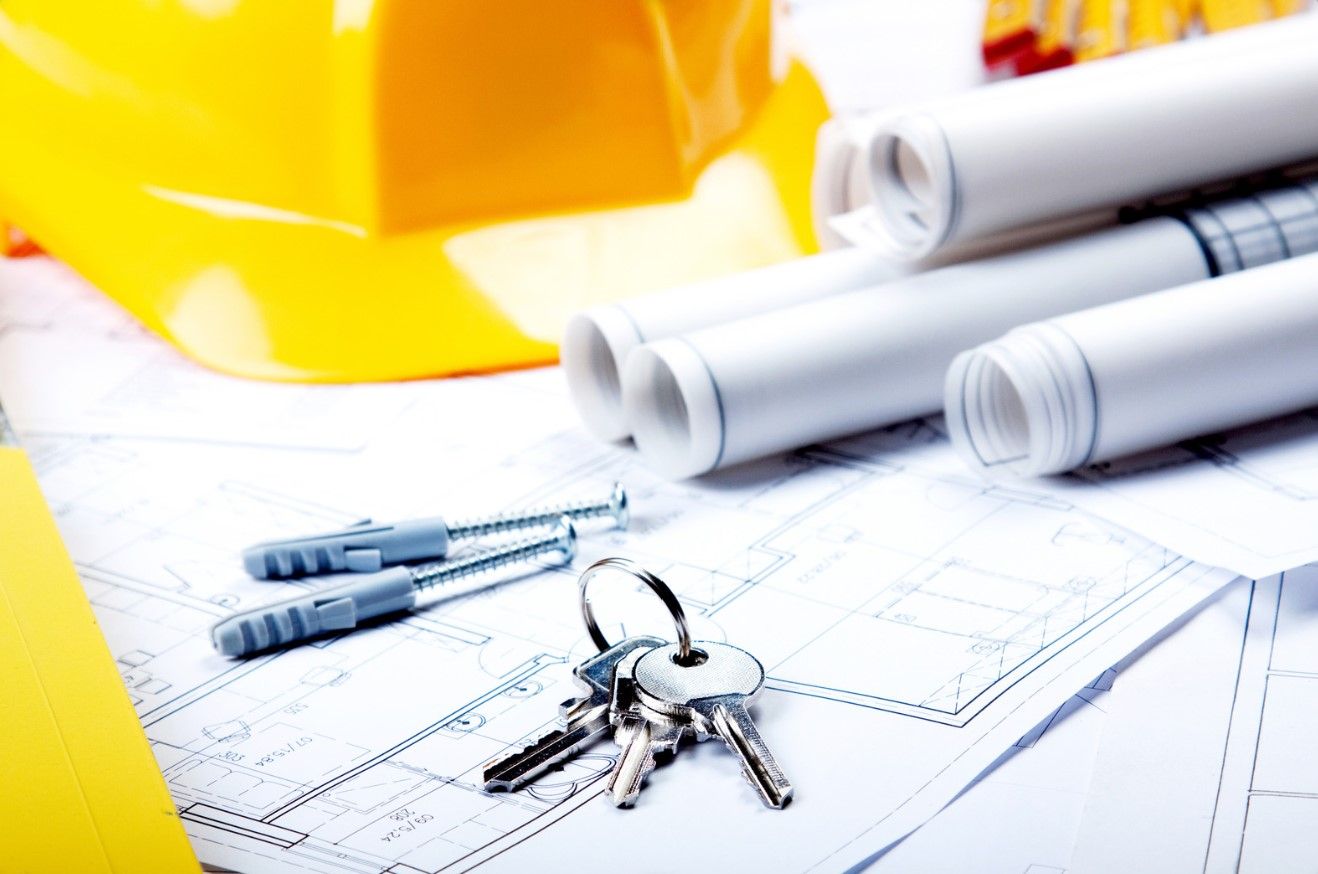What Rising Insurance Costs Mean for Home Values
In recent years, homeowners across the U.S. have been facing a growing concern: rising insurance premiums.

Those interested in building a home best follow a certain order to end up with the home purchase they envision and simultaneously avoid surprises. The concept must be clear, i.e. about the configuration, dimensions, aesthetics and offerings of the new dwelling. Furthermore, property owners should have a good understanding of costs, and also have the money to cover them. In other words, each step must depend on completion of the prior step. In this manner, fewer problems arise and home value is maximized.
Develop the Property Vision
Those who decide to build their house should think about their family needs, social aspirations and personal taste. How big is the family or how big will it grow? Will the occupants live active or sedate lifestyles? Are more light and ample space prized over a cozier atmosphere? Sketch the ideas out – do not worry about artistry.
Retain an Architect for Design
The next step involves converting the crude sketches into a workable design. Only an architect or professional designer can translate the property owner’s vision into a scaled portrayal, representing size, spatial arrangement and aesthetics. Ideally, a designer should convey competence and expertise; artistic style and creativity; and personal empathy with excellent communication. Choosing from those approved by reputable professional organizations makes the decision easier and can be done within a month.
Scope Out a Location
With a home purchase design in hand, you are better equipped to locate the best land to fit the conception. There are some considerations to make before deciding on a parcel. The condition of the land, the zoning status and the availability of utility access are three of them. Will slope affect the architect’s design? Is anything currently occupying the plot that will require demolition? Do not let the land search drag on for more than two or three months.
Obtain New Home Financing
The mortgage sought should cover the land purchase and construction costs, minus the down payment. During the course of building, the contractor will draw from these funds. When done, the loan converts to a regular loan product. The loan is based on projected home value and approval can take one to three months.
Procure the Necessary Blueprints
That design the architect created and the owner approved needs to be converted to blueprints. These are detailed instructions for the home builder. They include floor plans, elevation drawings, foundational dimensions and supports, as well as framing instructions. Blueprints also convey electrical layouts, plumbing configuration and a plot plan of the land and topography. The architect can create the blueprints or employ a draftsman to do it. They can be available within a few days.
Arrange for Permits and Inspections
Localities differ with regard to permits. Some may issue an all-encompassing building permit while others mandate separate warrants for plumbing, electrical and mechanical work. Averaged out over the entire United States, a building permit is usually obtained about two weeks after application. There are often two inspections of the new residence: the first, during construction before the walls are closed up; the second, upon completion of the house.
Hire a Contractor and Build
Home builders are best retained through referral. The architect can make recommendations as can the realtor who sold the land. Contractors can also be found with the help of the National Association of Home Builders. Constructing a house might take a few months or well over a year. Factors like size, complexity, floor plans and foundation all affect the timeline.